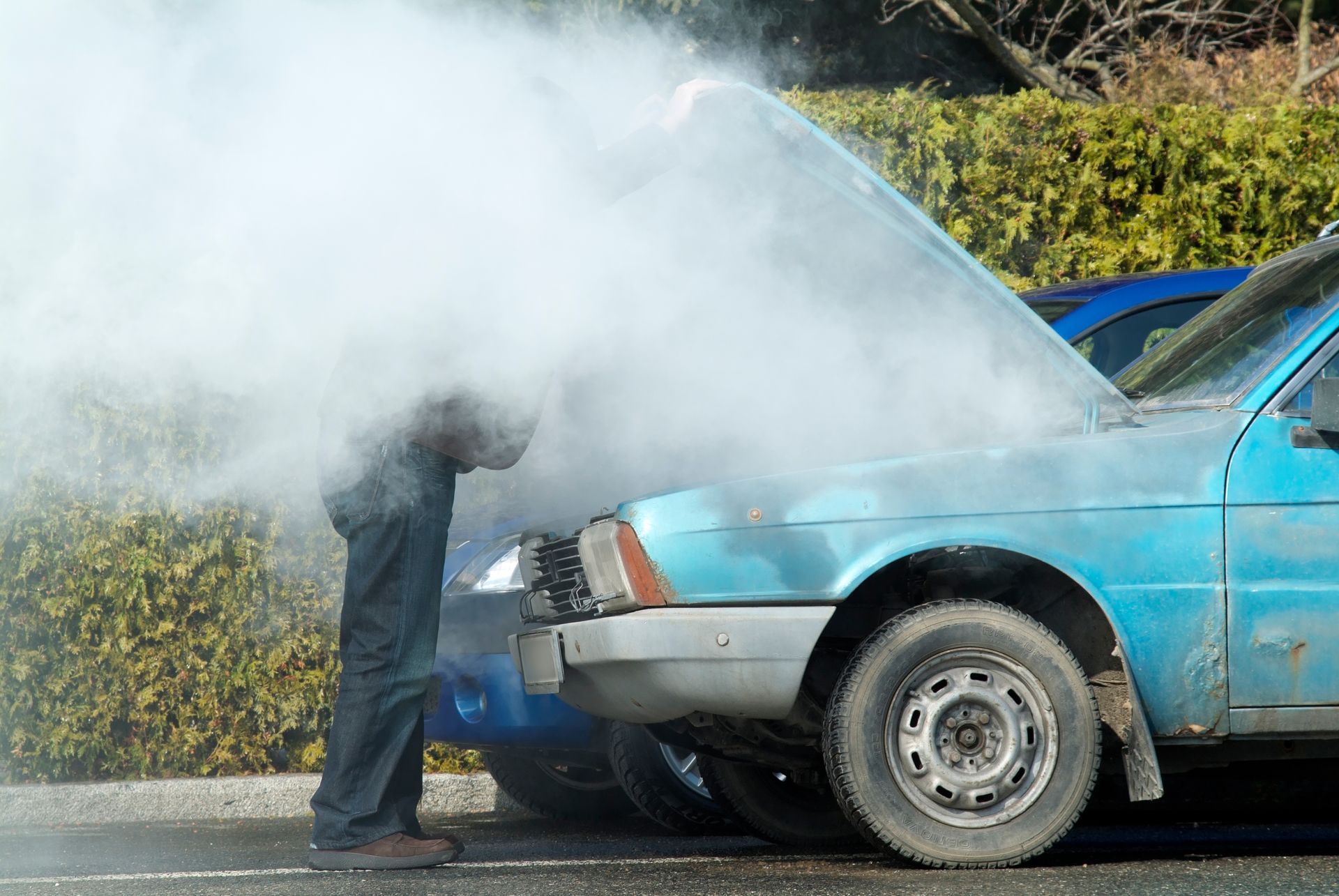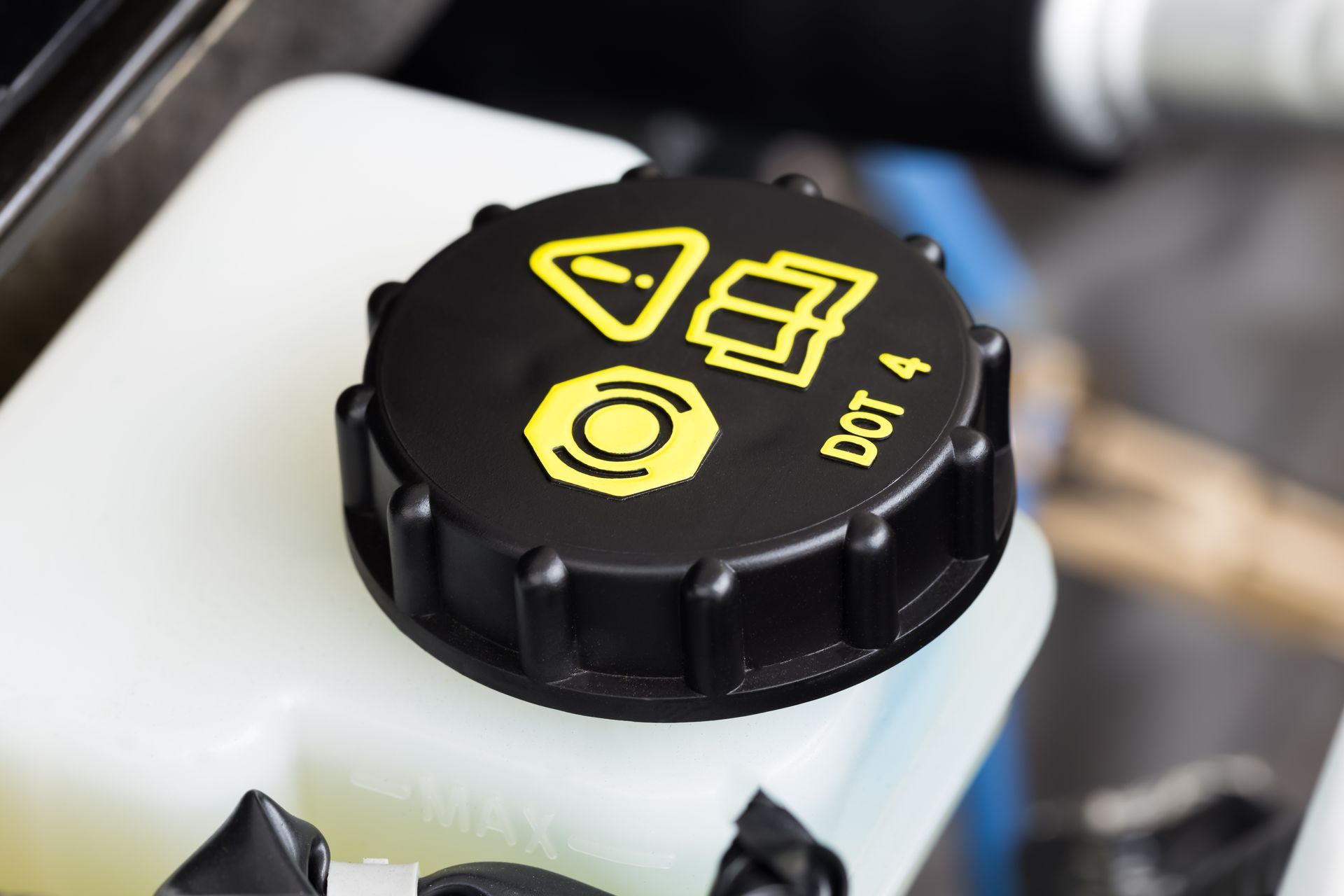As a driver, you know how important a smooth and comfortable ride is. Your vehicle's suspension system is responsible for ensuring just that. The shocks and struts absorb the impact from uneven roads, keep you stable during sharp turns, and much more. This keeps you and your passengers safe and comfortable.
We understand how frustrating it can be when your vehicle's performance is compromised due to damaged suspension components. That's why today's article will share how to recognize the signs of shock and strut damage—allowing you to take the necessary steps to maintain your vehicle's performance and ensure your safety on the road.
Identifying Signs of Shock and Strut Damage
Uneven Tire Wear
Are your tires wearing out faster than usual or unevenly - is it something to do with the suspension? Consistently check your tires for uneven wear patterns, as this could indicate failing shocks or struts. Bad suspension components change the angle on your tires, resulting in bad road contact.
Oil Leakage on Shocks and Struts
A clear sign of damage is the presence of oil or fluid on the exterior of the shock or strut. This leakage usually suggests a seal has been compromised, allowing the fluid that dampens the shock’s movement to escape. Once the fluid leaks, the shock or strut can no longer function properly.
You can also watch out for tire slip and bad traction - fluids leak to the tires, resulting in a loss of traction, apparent at any speed.
Bumpy or Shaky Ride
If your vehicle starts to feel bumpy or shaky, especially on relatively smooth roads, it's a clear sign. Your shocks and struts are not absorbing road impacts as they should. This deterioration in ride quality often indicates that these components need inspection or replacement.
Nose-Dive During Braking or Sway During Turns
A well-functioning suspension system keeps the vehicle stable and level during various maneuvers. If you notice your car driving forward excessively when braking or swaying during turns, it's a strong indicator that the shocks and struts are no longer maintaining proper vehicle control.
Unusual Noises Over Bumps
Hearing unusual noises like knocking or rattling when driving over bumps or uneven surfaces can be a sign of damaged or worn shocks and struts. These sounds occur when the suspension system is unable to absorb the impacts efficiently, causing excess movement or friction within the components.
Understanding Shock and Strut Leaks
Shock and strut leaks can occur due to wear and tear, or from physical damage to their seals. The suspension system works with hydraulic fluid, making it prone to leaks just like any other fluid-based system. If you spot any of the signs above, take prompt action to avoid further complications and damage to other components.
Questions & Answers (Q&A)
- How often should shocks and struts be inspected?
Regular inspections should be conducted every 50,000 miles, but it’s wise to check for visible signs of wear or leaks periodically.
- Can I replace shocks and struts myself?
While it's possible for those with mechanical experience, it’s generally recommended to have them replaced by a professional for safety reasons.
- Does driving style affect the lifespan of shocks and struts?
Yes. Aggressive driving, frequent driving on rough roads, or carrying heavy loads can accelerate wear and tear.
BG Automotive is here to help you and your vehicle through the rough ride that suspension problems bring. Just give us a call, and we will be glad to help!










